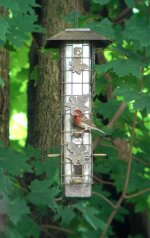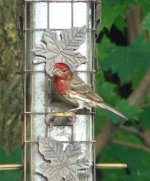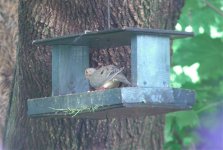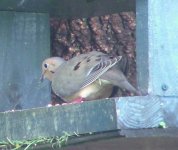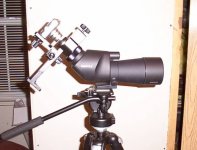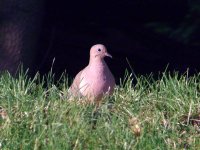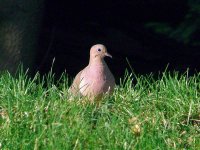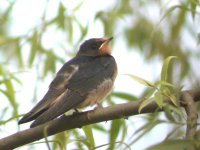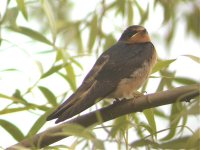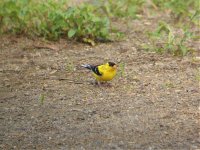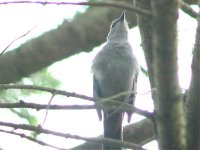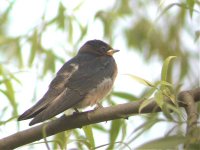FrankD
Well-known member
Adrian,
Excellent pic!..and with a pair of binoculars to boot! I hope to get something like that with my scope setup.
I do believe I am getting more of a handle on my digiscoping setup. I have learned how to read a histogram and how to correct it if it is unbalanced. My pictures are looking a bit better in that regard. I am still waiting for the tripod head to arrive (called and changed to the more conventional 3130 as they had it in stock) and I am going to look at one of the other graphic manipulation programs that is popular for digiscoping. I am at work at the moment but when I get a chance this evening I am going to upload my latest pics and post them here for suggestions.
Thank you all again. This has been a great experience so far.
Excellent pic!..and with a pair of binoculars to boot! I hope to get something like that with my scope setup.
I do believe I am getting more of a handle on my digiscoping setup. I have learned how to read a histogram and how to correct it if it is unbalanced. My pictures are looking a bit better in that regard. I am still waiting for the tripod head to arrive (called and changed to the more conventional 3130 as they had it in stock) and I am going to look at one of the other graphic manipulation programs that is popular for digiscoping. I am at work at the moment but when I get a chance this evening I am going to upload my latest pics and post them here for suggestions.
Thank you all again. This has been a great experience so far.




